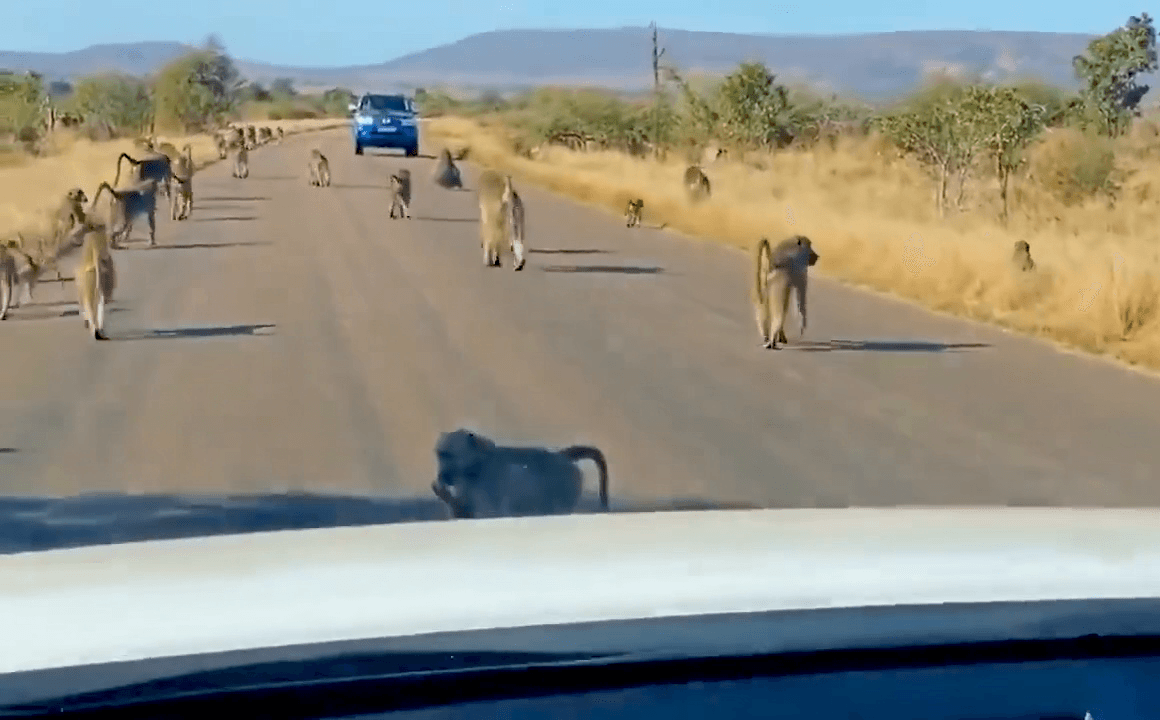
🇧🇼 Bocvana. Leopard. 📆 Od 22. do 30. rujna letimo vidjeti velikog leoparda u Bocvani! 🐆 Jedina zemlja u Africi gdje je lov na leoparde sa psima legalan. Oni ne samo da traže trag ili hvataju ranjenu životinju, već zapravo love svoje sjeverne rođake - risa i risa. 🐾 Trekkeri gledaju mjesta privlačnosti, pronalaze tragove prisutnosti mačke i određuju koliko je velika i svježa. Ako su zadovoljni onim što su otkrili, puštaju pse koji potraže trag i sustignu predatora. 🛞Lov u završnoj fazi odvija se takvim brzinama da samo u džipu možete pratiti sve trnje i grmlje na putu. Psi drže ljutitog leoparda, lovac mora ciljati i pucati jasno i brzo. 🔥Adrenalin! ❓Želite li opojnu akciju? Pozivamo vas na razgovor o detaljima⬇️ 🌏 https://stalker-group.ru/botswana
Post: 6 August 09:18
















































